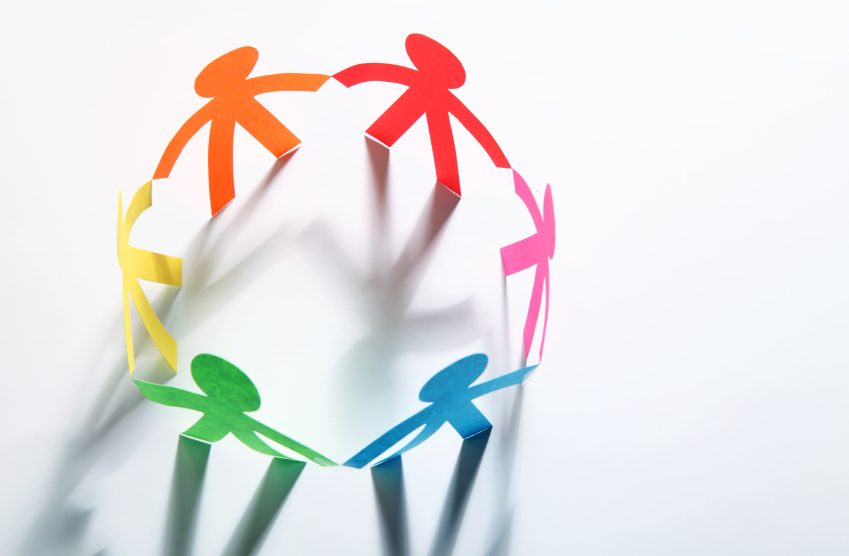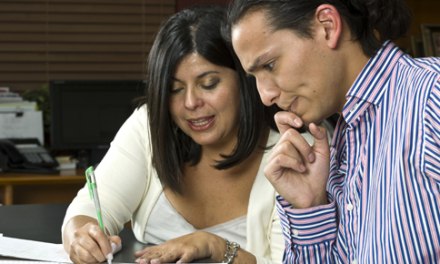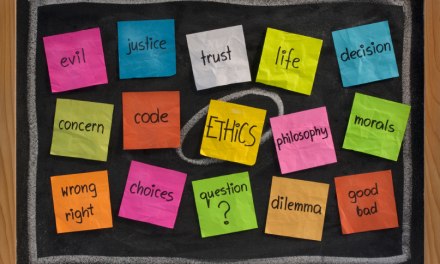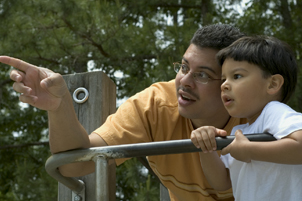Warning: Undefined variable $serie in /home/domains/treatmentandrecoverysystems.com/docs/wp-content/plugins/wp-series-manager/wp-series-manager.php on line 264
Stronger Together: Addiction Group Treatment
Groups are the dominant mode of treatment in many addiction programs, but they don’t always live up to their potential as powerful recovery tools. Reviewing some of the addiction-focused techniques in this article series can give clinicians the power to boost group effectiveness in many treatment settings.
Part Three: Group Vocabulary – 1
Discussions using terms like “self-actualization” or “self-esteem” often illustrate a key communications problem: Not everyone attaches the same meaning to a particular term. This problem pops up a lot in counseling, treatment, and similar settings.
Avoiding this problem helps bypass confusion and make group design and facilitation more effective. We start by establishing a vocabulary of group process, to share with everyone involved. There’s a lot, so we’ll divide it into two parts.
Treatment Goals
In addictions treatment, the overriding goal is simple: A commitment by the client to recovery. But in practice we break down this larger goal into more manageable components:
- Educate the client about the causes and characteristics of the disease.
- Help the client self-diagnose (identify the disease in their own experience.)
- Teach the client effective methods of self-treatment (disease management.)
- Convince the client to take personal responsibility for ongoing recovery.
Group Composition: Homogeneous or Heterogeneous
A group that is homogeneous by diagnosis is comprised of persons who share a particular diagnosis– a substance use disorder, for example. By comparison, a heterogeneous group includes individuals with many different diagnoses– an example would be a group session in an acute psychiatric ward, where persons with different diagnoses are treated together because they happen to reside in the same unit.
Task/Task-Oriented
A task is a topic of discussion that focuses the efforts of the group on advancing its goals. Task-oriented groups are groups that exist for the purpose of accomplishing a particular task, such as building skills for early recovery, or providing support to one another in preventing relapse.
Bond/Bonding
Initially, a group is a collection of individuals. When the group begins to respond as a group to some stimulus, we say that the group has established a bond or has bonded.
Individuals bring their own agenda to therapy. But once the group bonds, a new and powerful factor emerges: group process. It influences each member— for better or in some cases, for worse.
It’s possible for a group to bond around positives such as mutual support, or negatives such as undermining a disliked or ineffective member. The group draws power from the bond.
Climate
Climate describes the group’s morale. Background climate refers to the attitudes and beliefs group members bring with them to the group. Foreground climate is the members’ reaction to what happens during the group. These two factors interact: the members influence the group, and the group influences its members.
Structure
The who, what, when and where of a group defines its structure. Structure should facilitate the group’s work. For instance, if each member must provide a three-minute report on a particular topic, the time allotted for the group meeting must be long enough to allow this. Some structures promote work, some interfere with it.













